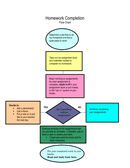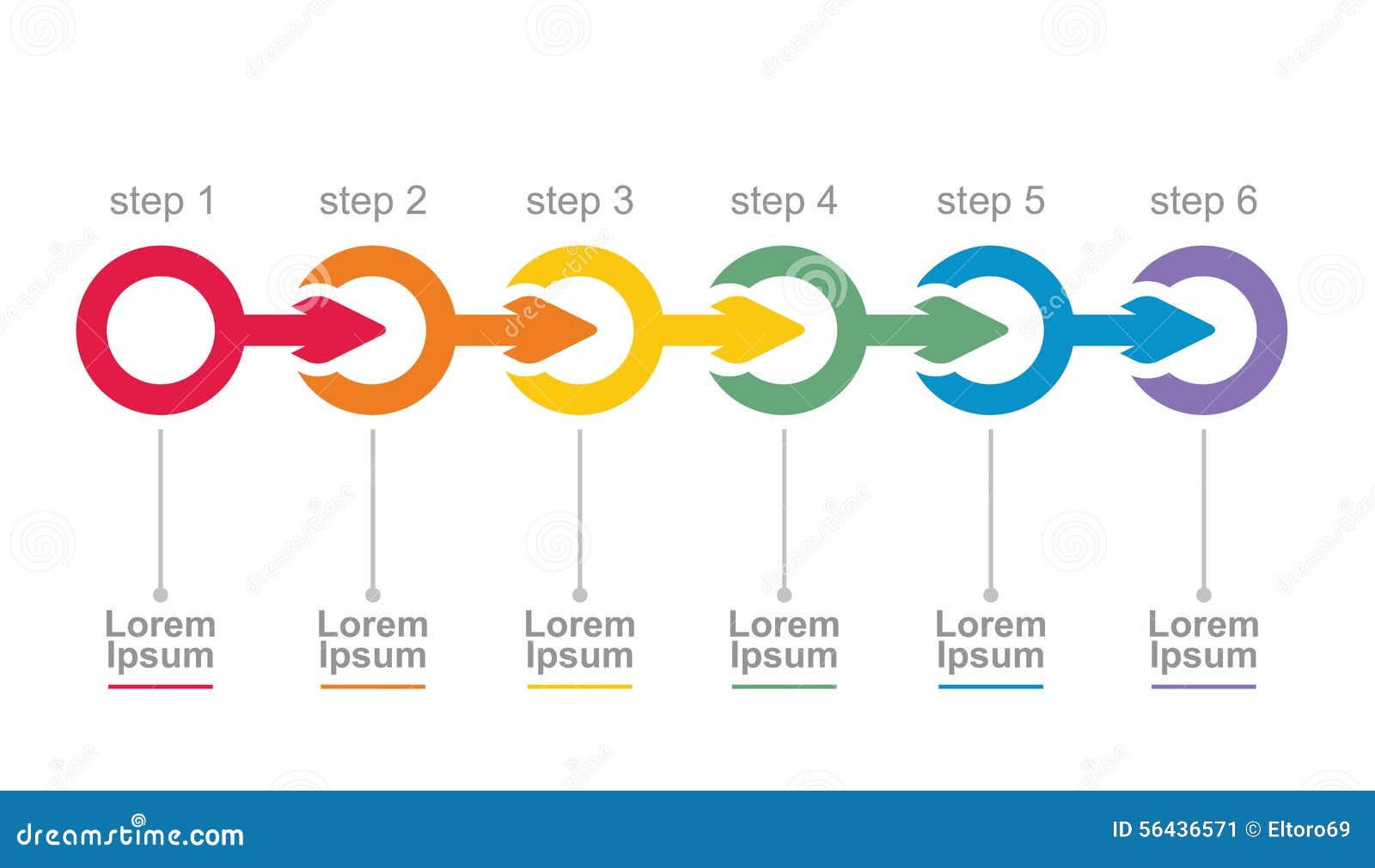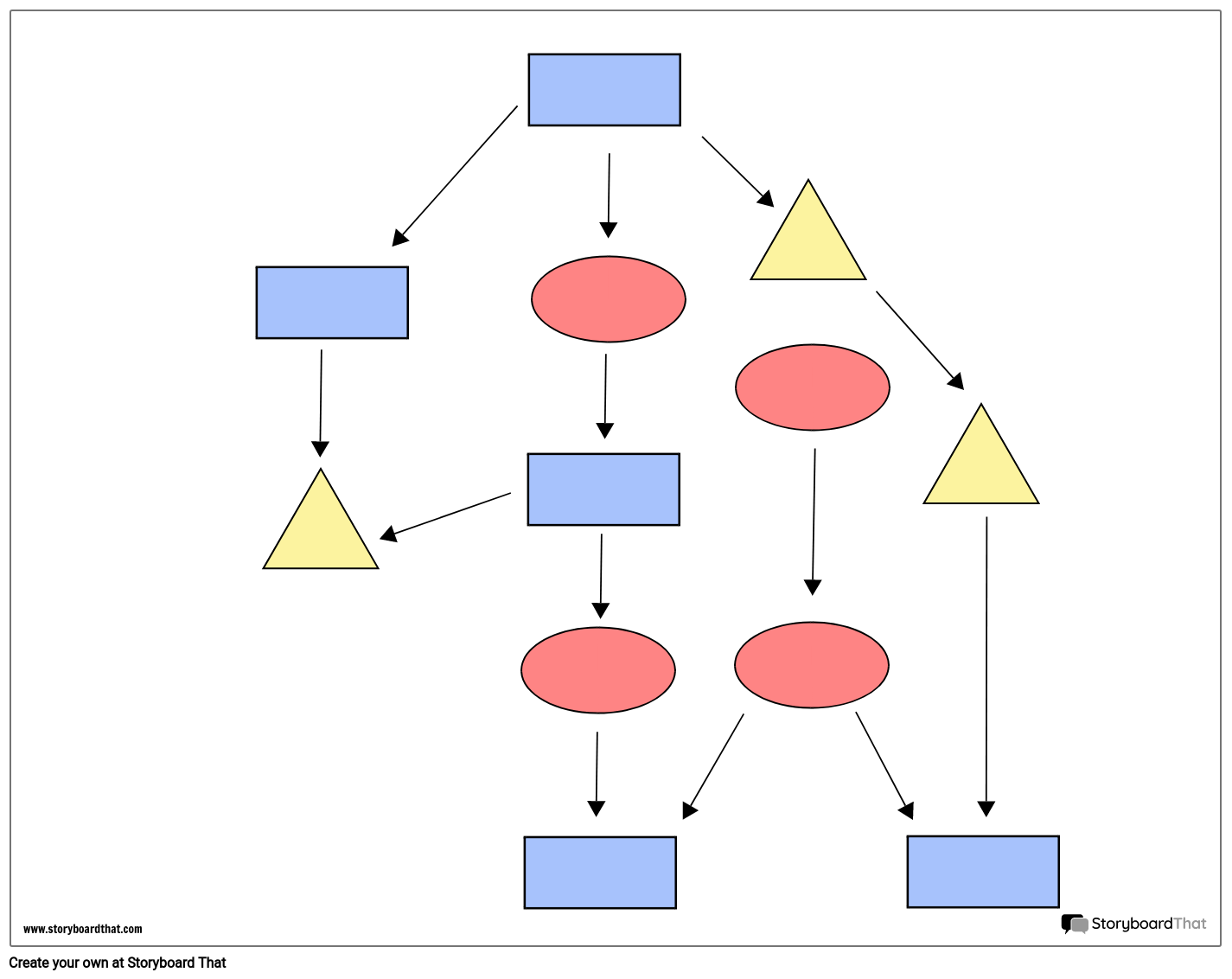

From the Align dropdown, check if the Align to Margin item is selected.


On the Format tab, click the Group dropdown and select Group. Select Align Selected Objects and use the alignment tool to align the shapes automatically.Īfter the flowchart has been laid out, you can neatly align the diagram according to the page. On the Format tab, click the Align dropdown menu. Select all the shapes you want to align.The gridlines help you snap them in place. If you have many shapes, this can be time consuming. Click on individual shapes and drag them to the new locations.Use the gridlines and draw them with uniform widths when you are placing them on the canvas. The recommended way is to do it right the first time.You can also use the rotation handle to rotate the text box. Add a Yes or No to the connectors branching out of Decisions shapes by inserting Text Boxes alongside the connector arrows.Each symbol has a specific meaning within the flow of steps in the flowchart. The four main symbols in a flowchart are rounded rectangles (or ovals), rectangles, arrows, and diamonds. What symbols are used to make a flowchart? Flowcharts can flow in any direction, so long as all steps or concepts are connected with arrows. Horizontal flowcharts are formatted from left to right and convey steps sequentially. What is the difference between a top-down and a horizontal flowchart?Ī top-down flowchart gives you a visual depiction of the steps in a workflow or process by breaking down the requirements in sequential order, including substeps for each. Other flowcharts include swim lane diagrams, which show the steps of a process and who is responsible for each step, and PERT charts, which show how tasks are dependent on other tasks within a workflow. The four main flowchart types include decision flowcharts, logic flowcharts, system flowcharts, and process flowcharts. You can use your flowchart to guide others through a process, analyze potential problems in the workflow, or gain a better understanding of the workflow.įlowchart FAQs What are the different types of flowcharts? Double-check to make sure you used the right symbols for each step. Once you're finished, follow each path to ensure the steps are clear and the chart flows properly. For an easy-to-follow flowchart, end each pathway with a word or description in a rounded rectangle or oval. If your system has a decision point, write the question in a diamond box, with labeled arrows pointing in different directions to separate paths. Arrows should always point in the direction of flow. Use rectangle boxes and arrows to add more steps and connect all subsequent steps. Put the first step in a rounded rectangle or oval box (the start/end symbol). Your flowchart needs to be in chronological order, so make sure you understand the order before you start adding steps to the chart. Arrange the steps in chronological order.This step will require communication and agreement between all involved if this is a collaborative project. Brainstorm and write out the steps or ideas of the process you're focusing on in your flowchart. First, pick a process to visualize in your flowchart. Process flowcharts are used in various industries and situations, but they are especially common in manufacturing and production applications. Process flowcharts, also known as process flow diagrams (PFD), illustrate the sequential steps of a process or workflow. System flowcharts are often used in inventory processes and supply chain management applications. System flowcharts are very similar to decision flowcharts, with the main difference being the display of decision-making details and the general data flow. System flowcharts show how data travels through a system and how different decisions are made at various points along the path. Logic flowcharts are especially useful for complex programming. Before writing the actual code, a programmer will create a logic flowchart to model the program's expected process and outcome. Logic flowcharts are typically used as a planning tool in computer programming. Decision flowcharts are often used in project planning, research, and product development. Laying out the entire scenario and various consequences in a visual format can help you make a more informed decision. The main types of flowcharts include: Decision flowchartĭecision flowcharts help you map out potential paths and outcomes related to a decision you have to make. There are multiple types of flowcharts, each with unique features and ideal use cases.


 0 kommentar(er)
0 kommentar(er)
